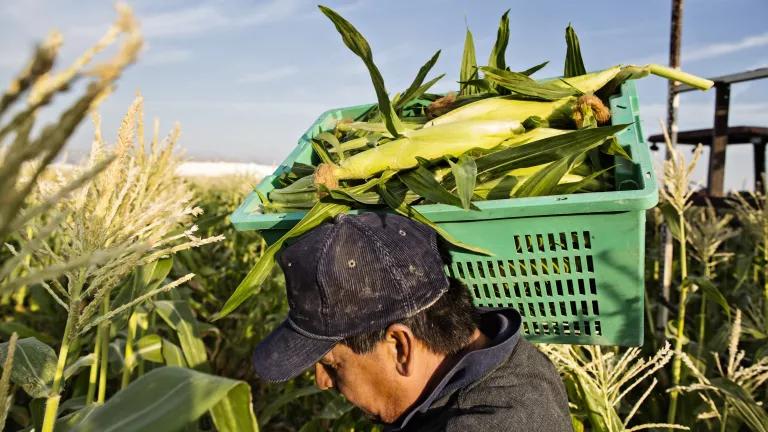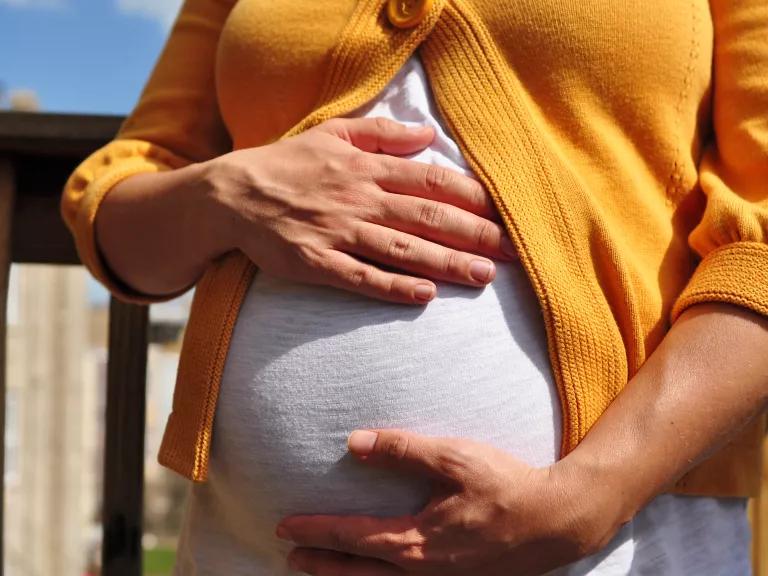Advocates Swarm Against Neurotoxic Neonic Pesticides
With evidence of a steadily worsening neonic problem, New York must pass the Birds and Bees Protection Act.

Hill Street Studios/Getty Images
Last week, a hive of New Yorkers from around the state descended on the virtual halls of Albany in support of the recently reintroduced Birds and Bees Protection Act (A3226 Glick/S1856 Hoylman-Sigal), which would curb the pesticides killing New York’s bees, polluting its water, and putting the health of its people—especially children—at risk.
The newly reintroduced bill is similar to last year’s version that passed in the state Assembly (103-41), but ran out of time on the Senate floor when the legislative session ended in June. The bill prohibits 80-90% of the toxic neonicotinoid pesticide (“neonic”) use polluting New York’s environment every year by targeting uses that extensive Cornell University research identifies as providing no economic benefits to users or easily replaced with safer, effective alternatives—specifically neonic-coated corn and soybean seeds and lawn and garden uses.

Some of the advocates that participated in the virtual lobby day
My blog from last year provides a good summary of the problems with neonics, as does this 3-minute animated video. In a nutshell, neonics are the phenomenally insect-toxic pesticides that may be the most-ecologically destructive we’ve seen since DDT—driving unsustainable losses of critical bee populations, mass losses of birds, the collapse of fisheries, widespread water contamination in New York (especially on Long Island), birth defects in deer, and threats to New Yorker’s health.
Indeed, the drumbeat of concerning information has only grown louder in recent months. Here are some of the latest:
- Increasing neonic levels in New Yorkers’ Bodies – A recent study of 171 pregnant women across New York and four other states found neonics in the bodies of >95% of participants—with the highest levels in Hispanic women. Worryingly the levels steadily increased over the 4-year study (2017-2020) and were significantly higher than those observed by CDC monitoring just two years earlier (2015-2016). Recent research also finds neonics pass efficiently from the mother through the placenta, highlighting exposure risks for the developing fetus.
- New York Health Experts Raise Alarms – Last month, dozens of health experts wrote again to elected leaders, raising alarms about the new exposure information, and the threats neonics pose to the health of New Yorkers—especially children. (Dr. Kathy Nolan, President of Physicians for Social Responsibility – New York, also published this op-ed).

Sandor Weisz, CC BY-NC 4.0
- Neonics on the Rise in Wild Deer – New research from the upper Midwest shows that neonic levels in wild deer increased dramatically in just two years—94% of deer were found to have neonics in their bodies in 2021, up from 61% in 2019. Likewise, 64% of the deer had had neonics at or above levels associated with birth defects and higher death rates for fawns exposed in the womb—in 2019, that number was only 29%.
- Pollinator Declines Harm Health – A recent USGS-led study finds neonics are the pesticides with the greatest negative impact on Western bumblebees, just as a new study from the Harvard T.H. Chan School of Public Health estimates that the world is already losing ~3-5% of its production of fruit and vegetables because of a lack of pollinators—causing over 400,00 premature deaths a year. The Harvard study bolsters previous research in the U.S. that apple, blueberry, and cherry production are “pollinator-limited” and also calls from New York’s growing organic farming community to rein in wasteful neonic use.
- PFAS in neonics – A recent study discovered PFAS in neonic products. The study examined 10 leading insecticide products commonly used on cotton. The one neonic formulation they looked at contained some of the highest PFAS concentrations of the 10 chemicals tested.
With evidence of a steadily worsening neonic problem, New York is well past due to join states like New Jersey and Maine, provinces like Quebec and Ontario, and governments like the EU in taking action to curb harmful and unnecessary neonic use. Indeed, with U.S. EPA recently refusing to directly regulate neonic-treated crop seeds—the largest and most widespread use in the state—if New York’s leaders don’t address the state’s growing neonic problem, no one will.
Let’s hope this is the year that the state’s leaders hear the buzz, and pass the Birds and Bees Protection Act.




